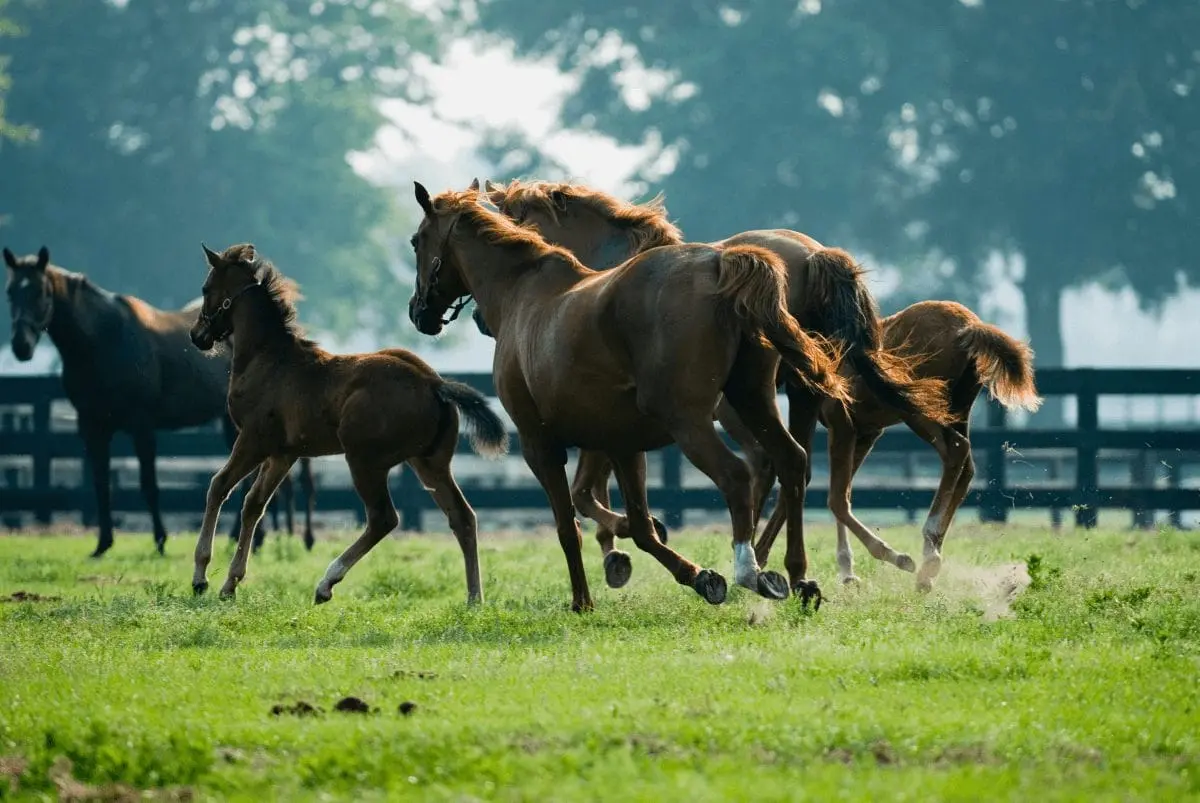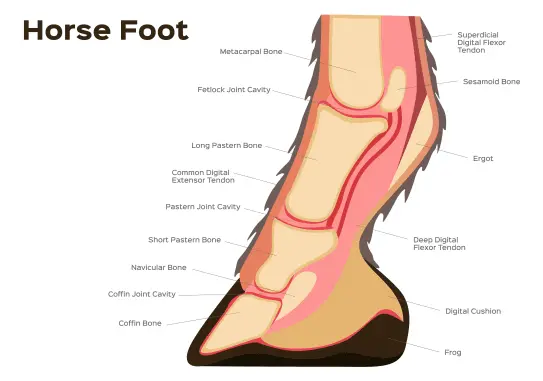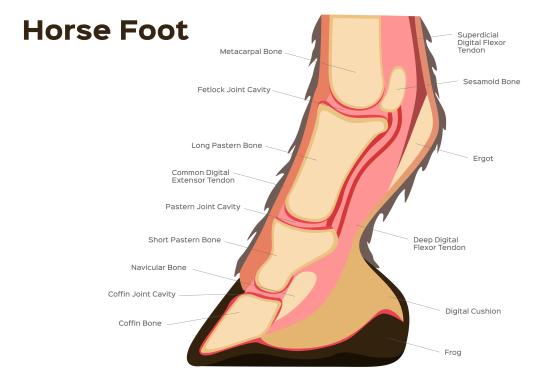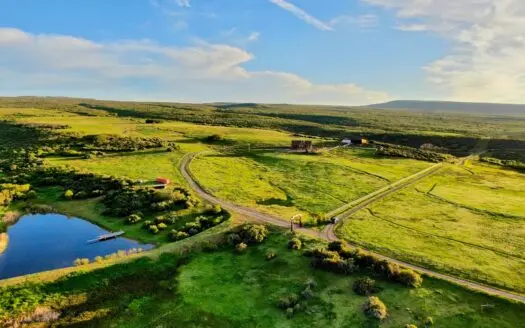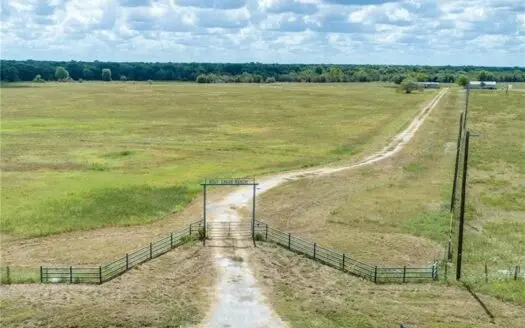How to Care for Horses and Other Equines in a Sustainable and Eco-Friendly Way | United Country Real Estate
How to Care for Horses and Other Equines in a Sustainable and Eco-Friendly Way
From understanding the basic anatomy and distinct characteristics of equines to essential horse care practices, we will provide a detailed insight for horse owners and enthusiasts.
We will further delve into training techniques for different equine behaviors and discuss activities and sports involving horses.
Also, we aim to cover special considerations on horse health including common diseases, dietary necessities, and preventive healthcare.
Stay with us as we navigate through this comprehensive guide to horse care and management.
Understanding Horses and Other Equines
Horses, donkeys, zebras, and other equines all belong to the Equidae family, a group of perissodactyls or ‘odd-toed’ ungulates, meaning animals with hooves.
These magnificent creatures have not only assisted us throughout history in matters of transportation, agriculture, and warfare, but they have also captured our hearts with their beauty, strength, and graceful movements.
Defining Characteristics of Horses and Other Equines
Despite notable differences, all members of the Equidae family share some common characteristics.
Horses and equines usually have a large, muscular body, a remarkable feature that serves their need for speed and endurance.
An equine’s legs are long and strong, culminating in a single hoof, an adaptation that increases their speed through fast, efficient movement. Another shared trait is their long head with large eyes and ears for keeping an eye out for predators.
They also have long, strong necks that aid with balance during locomotion and a mane and tail of long hair. Their hair provides protection against the elements, insects, and helps with communication, like tail swishing to signal annoyance or discomfort.
In size and weight, equines can vary greatly, from small ponies and miniature horses to the hefty draft horses.
Species and Breeds of Equines
There are several distinct species within the Equidae family. The most well-known is the horse (Equus caballus) which has numerous breeds developed through selective breeding.
Horses are generally divided into three types: hot-blooded breeds such as the Arabian are known for their speed and agility, cold-blooded breeds like Shire horses are larger and known for their strength and calm nature, and warm-blooded breeds, such as Thoroughbred, known for their endurance and versatility.
Donkeys, or Equus asinus, are smaller, hardy equines known for their stubborn yet docile nature. Zebras, comprising several species including Equus zebra and Equus quagga, are wild equines recognized by their distinctive black-and-white striping patterns.
Mules and hinnies (both hybrids of horses and donkeys) combine the strength and endurance of horses with the patient, steady temperament of donkeys.
Basic Anatomy and Physiology of Horses
The equine body is complex, built for strength and swift movement. Perhaps most essential are the bones and joints, supporting the horse and allowing for locomotion.
Muscles attached to the skeletal system provide the power for movement. A key feature in a horse’s anatomy is its long and complex digestive system, designed for a diet of mostly fiber.
The respiratory and circulatory systems of horses are also remarkably efficient, supporting intense activity.
Equine senses are very sharp – good eyesight, acute hearing, and a sensitive nose for smell. Touch is primarily sensed through the skin and hair, and horses also display a great sense of balance, coordinated by the vestibular system in the inner ear.
The Behavior of Horses and Equines
Equine behavior is primarily influenced by their instinct as prey animals. Always alert, horses have a strong flight response when threatened.
However, horses also exhibit unique social behavior. They are herd animals and establish complex hierarchies within the group, expressed through body language and physical interaction. They form strong bonds and work cooperatively, making them fantastic partners for humans.
Learning about horses and other equines isn’t just about understanding different breeds or anatomical features. It also involves understanding their behavior, caring for them, and, most importantly, learning how to communicate and form productive, respectful relationships with them.
The study of equines is a fascinating journey that offers enriching experiences for both young and older learners.
Maintaining Equine Health
Ensuring the horse’s well-being demands a thorough understanding of their health requirements, regular vaccinations, managing common diseases, a balanced diet, and habitual vet check-ups.
Breeding healthy horses is a highly priority and plays a significant part in making a rural or an agrarian economy thrive.
Essential Equine Vaccinations
Vaccinating horses is an integral part of equine health management. Numerous deadly diseases such as Equine encephalitis, Rabies, and West Nile virus can be prevented through routine vaccinations.
Vaccinations stimulate the horse’s immune system to recognize and combat specific pathogens. They will also decrease the duration and severity of illnesses if a horse becomes infected.
The correct vaccination schedule for a horse depends on its age, overall health, travel schedule, exposure to other horses, and the region’s disease prevalence where the horse lives.
Core vaccinations recommended for all horses include Tetanus, Eastern/Western Equine Encephalitis, West Nile Virus, and Rabies.
Other vaccinations may be given based on whether the horse’s risk of exposure to specific diseases. It is always advisable for owners to consult with their veterinarians to determine the proper vaccination program for their horses.
Common Diseases and Health Problems in Horses and Equines
Horses, just like any other domesticated animal, are prone to many common diseases and health issues.
These illnesses not only affect the horse’s quality of life, but they can also limit its working capabilities and potentially lead to life-threatening situations.
Some common diseases among horses are Colic, Equine Infectious Anemia, Strangles, and Laminitis.
Equine Colic, a severe abdominal discomfort, is one of the most common causes of emergency veterinary call-outs for horses. The underlying reasons can vary from minor problems to life-threatening conditions.
Strangles is a highly contagious respiratory infection, and Equine Infectious Anemia is a viral disease with no vaccine available, making prevention even more critical.
Proper Equine Dietary Requirements
A horse’s diet should be tailored to its lifestyle, work schedule, size, age, and overall health. Horses have a unique digestive system designed to process large amounts of grass, which should form the basis of any horse’s diet.
The type and amount of supplemental feed required will depend on the quality and quantity of grass or hay available and the horse’s nutritional requirements.
A balanced diet for a horse typically includes freshwater, forages like hay or grass, grains or concentrates for additional energy, protein, vitamins, and minerals. Salt or mineral blocks should also be available for horses to lick when they wish.
Importance of Regular Vet Check-ups
Regular veterinary check-ups are critical to a horse’s overall health and longevity. These check-ups allow early detection of diseases and health issues, ensuring that the necessary treatment can be provided promptly.
Regular vet visits can also provide valuable information about a horse’s dental health, body condition, and nutritional needs.
A vet’s inspection will also entail checking the animal’s body for any external injuries, lumps, or signs of discomfort.
Regular vaccinations and worming treatments can be administered during these check-ups, ensuring that the horse remains protected from common diseases and parasites.
To sum up, ensuring equine health involves a careful balance of routine vet check-ups, adhering to necessary vaccination schedules, managing common diseases, and providing a balanced and nutritious diet.
A horse that is well-cared-for, not only lives a long, healthy life but also serves its purpose well, be it in racing, working, or companionship.
Daily Care Practices for Horses and Equines
Horse ownership requires a significant commitment of time, energy, and resources. The daily care practices filled with love are crucial for a horse or any equine’s sound health and well-being.
Such routines include grooming, providing exercise, and maintaining clean hooves and stables.
Let’s dig into these aspects in a bit more depth.
Grooming Techniques and Necessities
Grooming must be an integral part of an equine’s daily routine. This activity not only ensures that the animal looks smart and presentable but also plays a significant role in its overall health and happiness.
You get an opportunity to inspect the horse’s body for cuts, bruises, parasites, or any irregularities. It also enhances blood circulation, which encourages a healthier skin and coat.
You will need a variety of brushes and combs for an effective grooming session. Some of these include a curry comb to loosen the dirt and promote circulation, a dandy brush to remove the loosened dirt and hair, a body brush for smoothing the coat, and a mane and tail comb for detangling hair.
Also, remember to clean their eyes and nostrils, and check their teeth regularly.
Exercising and Freedom of Movement
Lack of adequate movement can lead to health issues in horses, including digestive problems and muscle stiffness.
Thus, a daily regimen of exercise is necessary for your equine. Whether it is a light trot around the paddock, training for specific skills, or a leisurely hack around the grounds, all forms of movement contribute to the horse’s physical and mental health.
However, the type and extent of exercise depend mainly on the age, breed, and health state of the horse. Older horses may need gentle and short periods of exercise, while younger equines may require more vigorous and extended workout sessions.
Proper Cleaning and Care of Hooves
A horse is only as healthy as its feet. Therefore, cleaning the hooves daily is crucial for maintaining sound foot health. Accumulated filth in the hoof can cause several problems like infection and lameness. Picking out the feet should therefore be a daily routine.
Your equine’s hooves should also be checked regularly by a professional farrier for trimming or shoeing.
Remember the old saying, “No hoof, no horse.” It stands true as ailments in the foot are some of the most common health issues faced by horses.
Bedding and Stable Management
Proper stable management is essential for providing a safe, clean, and comfortable environment for equines.
Regular mucking out helps prevent conditions like thrush and other infections. Quality, dust-free bedding is crucial to absorb urine, reducing the risk of respiratory diseases.
Fresh drinking water must always be available, and stables should be well ventilated, free from dampness and draft, and lit well.
Additionally, ensure regular pest and rodent management to keep the stable safe for your equine’s wellbeing.
Thus, these thorough and regular horse care practices ensure a happy and healthy equine, further strengthening the emotional bond between the horse and its owner.
Effective daily care means the horse owner knows the animal better, can immediately identify any health issues and make horse ownership a more pleasing experience.
Training Horses and Other Equines
Training horses and other equines is a skill that requires patience, knowledge, and understanding.
Safety considerations during training
The fundamental objective of horse training is to build a bond of trust and respect between the human and the horse.
However, safety should always be the top concern during this process. Always remember that a horse is a powerful animal. Any aggressive or improper handling could lead to injuries for both the horse and the trainer.
First, equine trainers must ensure they are familiar enough with horse behavior to recognize signs of stress, fear, or potential aggression.
Trainers should also learn how to calm a scared or irritated horse before the situation escalates into a potentially dangerous one.
Personal protective equipment like a helmet and boots is essential during the training session. However, the use of protective equipment doesn’t substitute the need for careful handling and observation of the horse’s mood and signs during the training.
Basic training techniques for horses and other equines
The initial phase of the training involves the horse understanding its handler’s commands and signals. A handler has to teach a horse to direct its movement in response to gentle pressure on the reins and prompts from the rider’s legs.
Desensitization, where you gradually expose your horse to potentially fear-inducing objects or scenarios, can be a very beneficial initial training tool.
Reward-based reinforcement, where the horse is praised or receives a treat after correctly responding to a command, often helps cultivate a positive behavior.
Tips to handle bad behavior
Dealing with a horse’s bad behavior is a crucial part of the training process. It’s important to keep in mind that horses act out usually because of fear, confusion, or discomfort. Patience, consistency, and understanding are key in dealing with such situations.
Do not respond to negative behavior with aggression or frustration, as it could potentially exacerbate the situation. Instead, try to identify the reason behind the behavior.
Is it linked to a physical ailment?
Or is it a response to something in the environment?
Learning to decode the horse’s behavior will allow you to address the underlying issues effectively.
Advanced training techniques
As a horse progresses through the basic training phase, the trainer can introduce more complex commands and maneuvers. These can include canters, jumps, and much more. The aim of advanced training is to hone the horse’s skills, versatility, and attentiveness.
Every horse is unique in its temperament, learning pace, and skill set. Thus, flexibility in training techniques is paramount. Always adjust the level and pace of training to cater to the horse’s abilities and moods.
Ultimately, horse training isn’t simply about teaching the horse to follow commands. It’s also about building a partnership between the animal and its handler, built on mutual respect and understanding.
Remember, patience, consistency, and compassion are the linchpins of successful horse training.
Special Considerations for Caring for Horses and Equines
This section covers a few special considerations that should be made while caring for horses including managing the health of older horses, nurturing pregnant mares and young foals, ensuring safe transportation, and dealing with emergencies.
Caring for older horses and equines
Older horses need additional care and attention to live a comfortable life. They may require changes in their diets to ensure they get the necessary nutrients and vitamins for a healthier aging process.
Senior feed can provide the necessary energy and fiber content they need. Older horses may also develop dental issues that can lead to weight loss and poor diet consumption.
Consistent dental care is crucial. Regular check-ups from a veterinarian are highly recommended to monitor the horse’s health status and detect any potential diseases or health issues early.
Nurturing pregnant mares and young foals
Caring for pregnant mares and young foals involves a unique set of requirements. Pregnant mares require a well-structured diet plan enriched with essential nutrients and vitamins to support their own health and the growth of the foal.
After birth, young foals demand adequate sustenance besides their mother’s milk until they are old enough to eat grains and hay.
Ensuring a safe environment, regular health checks, and vaccinations are other crucial factors for maintaining their health and welfare.
Transporting horses and other equines
Transporting horses, whether for competition, medical treatment, or recreational purposes, requires special consideration because it can be a stressful situation for many horses.
An adequately sized and well-ventilated horse trailer with soft floorings can provide them comfort during transit. It is essential to have a first aid kit and essential paperwork for the horse available at all times.
Dealing with emergency situations
Horse owners and caregivers should be prepared to handle emergency situations. Basic knowledge of first aid and having a first-aid kit tailored for horses is crucial.
In case of a serious health issue or injury, immediate veterinary attention is necessary. It is advisable to have an emergency plan in place that includes contact information of veterinarians, directions for emergency evacuation, and proper training to handle the horse in stressful situations.
Recreational Activities and Sports Involving Horses
Horses are not only working animals but also companions in many recreational activities and sports.
This section will highlight various sports and recreation activities involving horses, how to train them for competitions, horseback riding for leisure, and the therapeutic use of horses.
Types of equestrian sports
There are several equestrian sports that horses are involved in, like show jumping, dressage, eventing, and polo. Each of these sports requires different skills and training styles.
Training horses for competition
Training horses for competition is a specialized field. It requires knowledge of particular disciplines and the ability to build a horse’s physical strength and mental resilience.
The training should be progressive and systematic, focusing on developing skills in a stepwise manner while ensuring the horse’s well-being.
Horseback riding for leisure
Horseback riding is a popular recreational activity. It allows individuals to connect with nature while strengthening their bond with the horse.
Safety precautions including using the proper gear as well as understanding horse behavior and communication are key elements to enjoyable horseback riding.
Therapeutic uses of horses
Horses are often used in therapy due to their calming nature and ability to reflect human emotions. Therapeutic riding or Equine-Assisted Therapy can help individuals with various physical, cognitive, and emotional challenges.
These sessions are beneficial in enhancing balance, motor skills, confidence and mental well-being. It’s a testament to the multifaceted role horses can play in our lives beyond sports and recreation.
Looking for a property for your horses? Call us at United Country Real Estate to know more about our equine properties.

